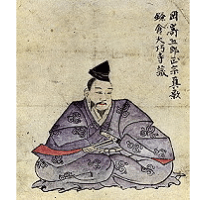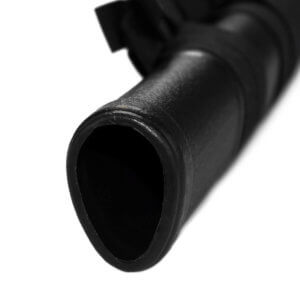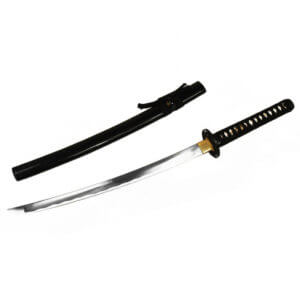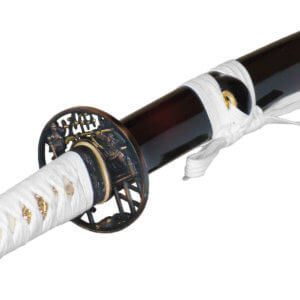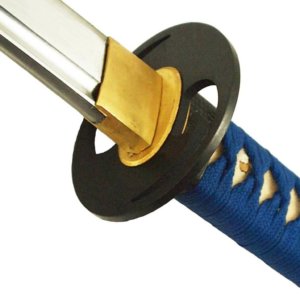Masamune (正宗) lived from around 1264 - 1343 AD and is generally regarded as the best swordsmith in Japanese history. He is also known as Gorō Nyūdō Masamune (五郎入道正宗) "Priest Gorō Masamune". His swords are famous for their unrivalled beauty and outstanding quality. His craftsmanship is so famous that all the swords he made bear his name. He is the blacksmith of the famous Honjo Masamunewhich is said to be the best samurai sword ever created.
His life
The dates he is known to have lived are merely estimates. There are no exact records. Some sources claim that his family name was Okazaki. However, opposing voices say that this merely falsely emphasises Masamune's relationship to the Tokugawa family.
Masamune is said to have made most of his swords in the Sagami province during the last years of the Kamakura period (1288-1328).
He is said to have received his training in swordsmithing from masters in the provinces of Bizen and Yamashiro. Well-known swordsmiths from this period were Shintōgo Kunimitsu, Saburo Kunimune and Awataguchi Kunitsuna.
But he himself also trained as a swordsmith teacher. He is said to have trained many swordsmiths, 10 of whom became known as Juttetsu - the 10 famous students. How many of them actually learnt directly from Masamune is disputed.
Masamune's swords
The katana and tanto he produces are of exceptional beauty and brilliance.
Many Masamune swords that have survived to this day enjoy the status of Japanese national treasures or are part of the imperial treasure. These include not only tanto but also katana, some of which were originally long tachi that were shortened to katana length. Its Nihonto belong to the Koto sword epoch.
The Hamon
Some blades produced by Masamune usually have a Suguha Hardening line (Hamon) on. This is a straight hardening line. However, he also produced blades with the Notare hamon pattern. This hamon is characterised by large waves on the blade. Rarely found are blades with a co-midare hamon, which is characterised by small irregularities.
The hamon from Masamune have a unique look. It is assumed that this appearance was created by applying a higher temperature during hardening. This unusual design is one of the reasons why Masamune is considered a master of its craft.
The naming
The names of Masamune's swords usually consist of 2 parts. The first part is a sword-specific name, followed by Masamune's name. Examples of this naming are the Honjo Masamune, Fudo Masamune, Kyogoku Masamune or the Daikoku Masamune.
Masamune and Muramasa
The two swordsmiths are regarded as the best in Japanese history. It is therefore not surprising that their swords are often compared. Muramasas Swords usually stand for evil and are inferior to those of Masamune.
There are many stories in which the two meet to measure their swordsmithing skills. However, it is historically impossible that the two ever met, as Masamune is said to have lived 300 years before Muramasa.
Masamune and the American president
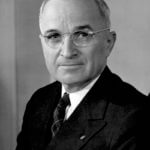
Shortly after the end of the Second World War, an original Masamune sword was presented to the then American President Harry S. Truman as a gift. It is now in the Harry S. Truman Presidential Library and Museum in Missouri.

